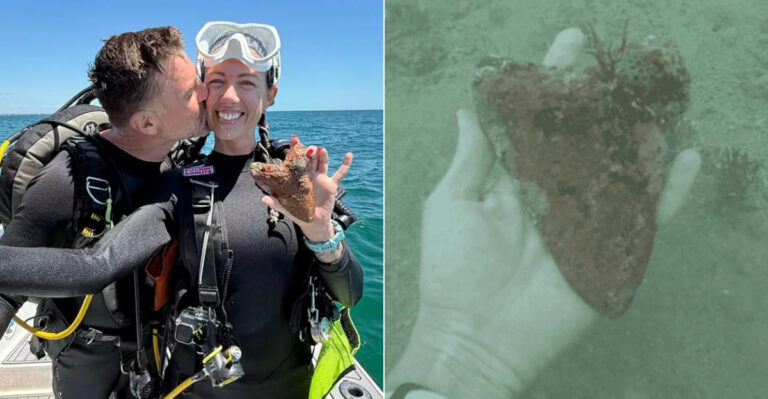16 Easy Steps To Teach Your Dog How To Swim

Teaching your dog to swim can be a splash-tastic adventure! Dogs, just like people, can benefit from a good swim.
It’s not only a great exercise but also a fantastic way to cool off during those hot sunny days.
Here’s how to make your furry friend’s swimming class both safe and fun!
1. Start In Shallow Water
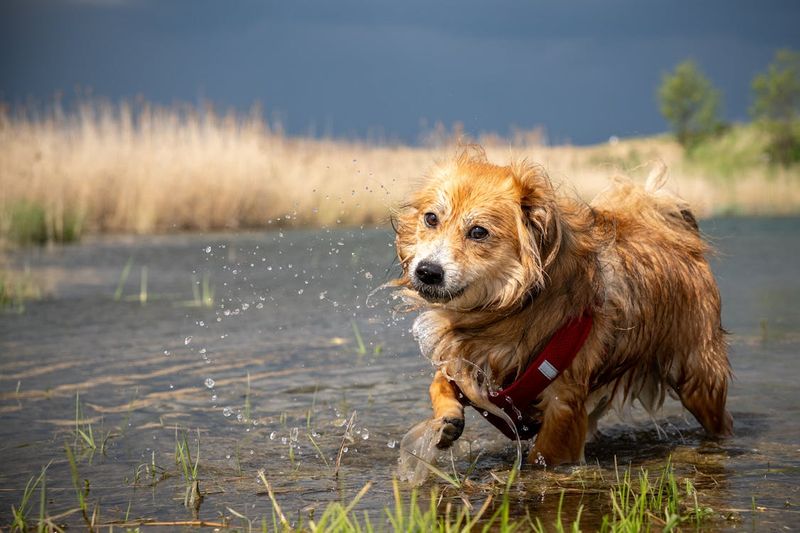
Start in shallow waters where your pup can feel the ground. The familiar sensation under their paws boosts confidence.
Encourage your dog with treats and praise as they explore the water. This initial stage is crucial to prevent fear of water. Make it all about fun and discovery!
2. Use A Life Jacket

A life jacket isn’t just a fashion statement for your dog. It provides buoyancy and helps them float naturally.
Choose a bright color for visibility and ensure a snug fit. The life jacket will keep your pup’s head above water, giving them the confidence to paddle.
3. Play Fetch With Floating Toys
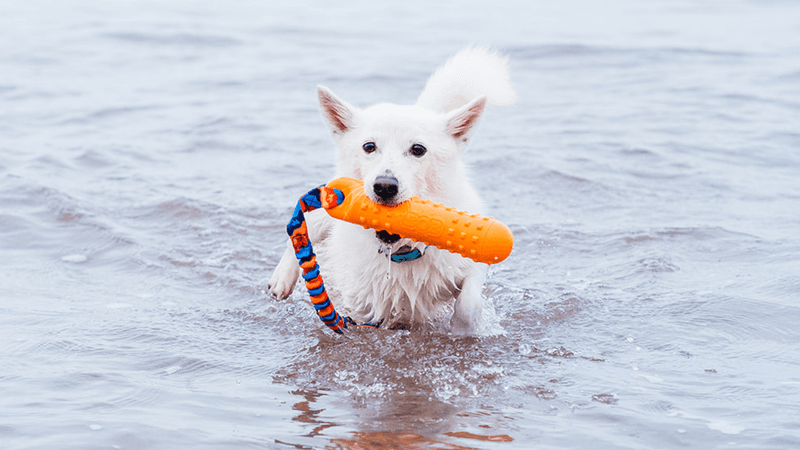
Turn swimming into a game with floating toys. Toss a toy into the water and watch your dog paddle towards it.
This engages their instincts to retrieve and makes swimming a positive experience. Start with short distances and gradually increase as they become more comfortable.
4. Stay Close And Supportive
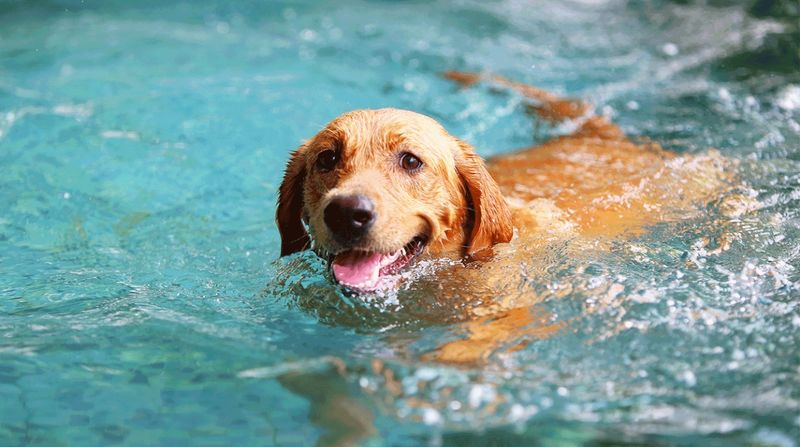
Be your dog’s swim buddy! Stay close in the water to offer encouragement and security.
Your presence reassures your pup, making them feel safe as they learn. This bond strengthens trust and makes the experience enjoyable for both of you.
5. Introduce Commands Gradually

Use simple commands like “swim” and “come” to guide your dog in the water. This builds communication skills and control.
Start on land and gradually introduce them to water situations. Over time, your dog will associate these commands with swimming, making future outings smoother.
6. Set Short Swim Sessions

Short and sweet is the way to go. Keep swim sessions brief, especially at first.
Dogs can tire quickly in water, and overdoing it might sour their experience. Gradually increase duration as your dog builds stamina and confidence.
7. Choose Calm Water
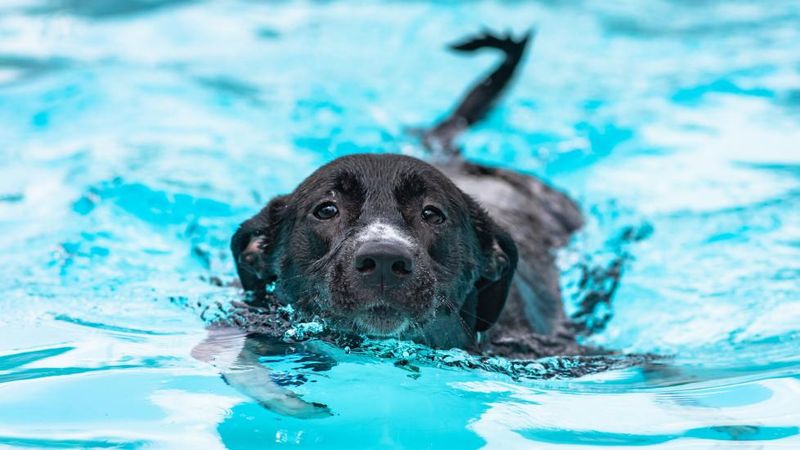
Calm waters set the stage for a positive swimming experience. Choose a quiet lake or a pool with no waves.
Rough waters might scare your dog and make them anxious. Calm environments help them focus on swimming without distractions.
8. Watch For Signs Of Tiredness
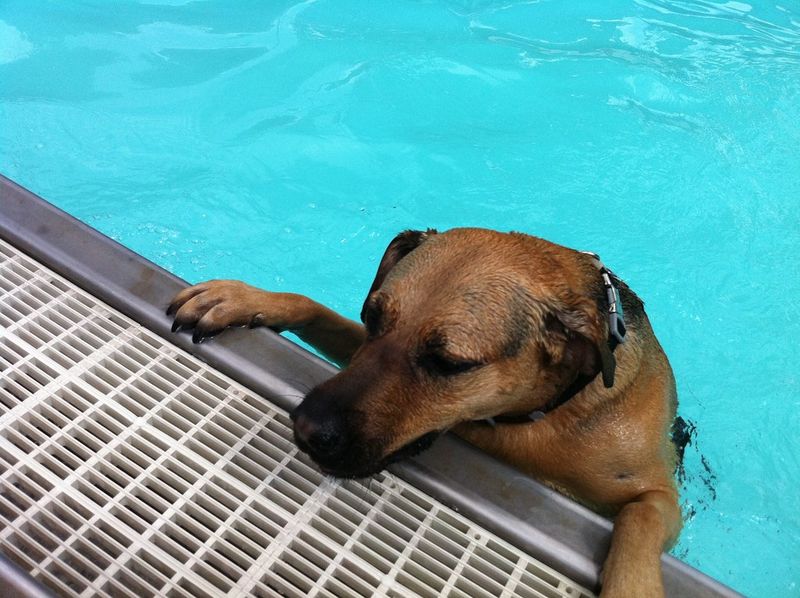
Keep an eye on your dog for signs of fatigue. Heavy panting or slow movements indicate it’s time for a break.
Overexertion can lead to fear or aversion to water, so it’s crucial to pause when needed. Offer water and a comfy spot to rest.
9. Celebrate Small Wins
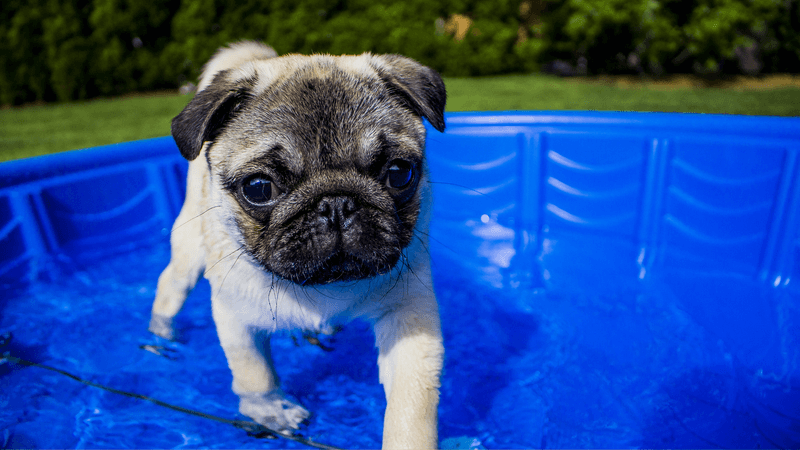
Every paddle is progress! Celebrate small achievements with treats, toys, or praise. Positive reinforcement boosts confidence.
Your enthusiasm creates a joyful atmosphere, making your dog eager for more. It’s not about perfection, but about building a fun relationship with water.
10. Teach Exit Strategy
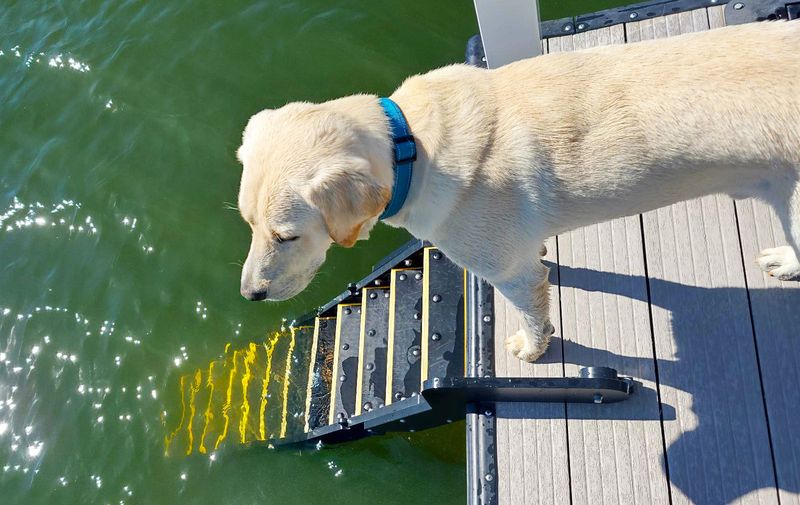
Exiting the water is just as important as entering. Teach your dog how to find a safe exit, like pool steps or a gentle shoreline.
Show them the way with treats or a favorite toy. Knowing how to leave the water safely prevents panic and builds confidence during swims.
11. Be Patient And Consistent

Patience is key in teaching your dog to swim. Every dog learns at their own pace.
Consistency and repetition are your best tools. Avoid pushing too hard; let your dog dictate the progress.
12. Use Positive Reinforcement
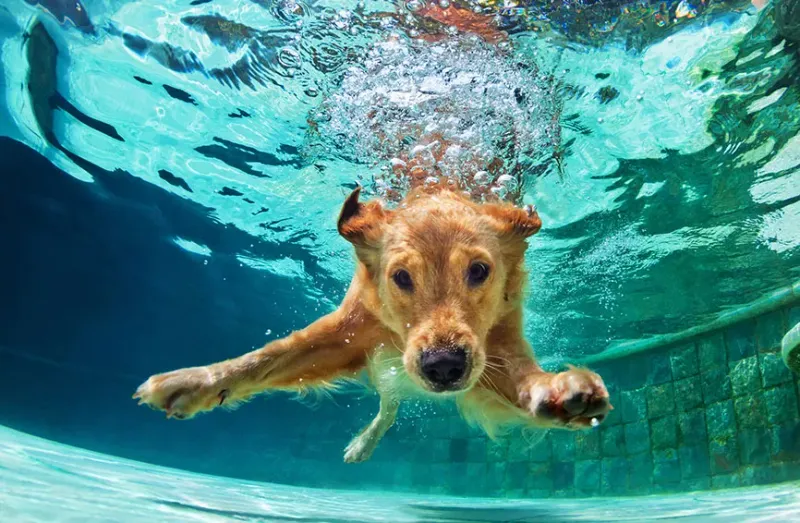
Dogs thrive on praise and rewards. Use positive reinforcement to encourage swimming.
Your excitement is contagious, making the experience enjoyable. Over time, your dog will associate swimming with fun and rewards, eager to dive in!
13. Avoid Forcing Your Dog
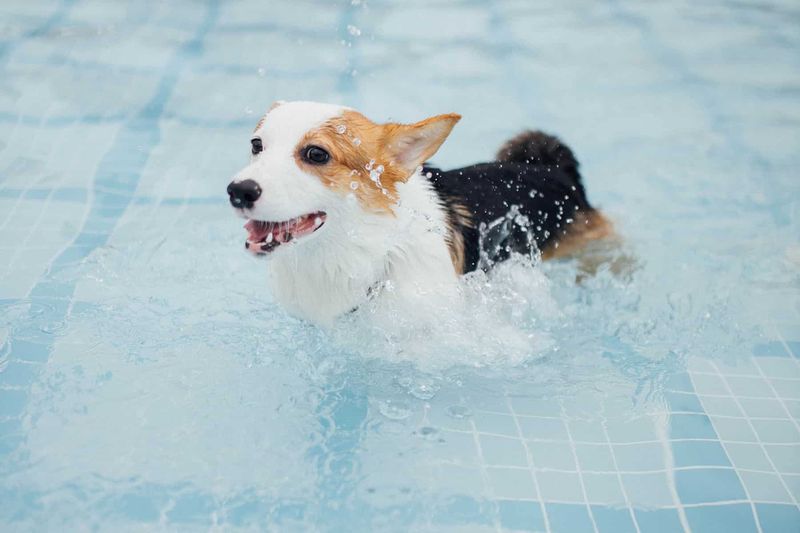
Never force your dog into the water. Respect their comfort level and move at their pace.
Forcing can create fear or anxiety, making future swims difficult. Instead, encourage gently and make the water enticing.
14. ChooseThe Right Time Of Day
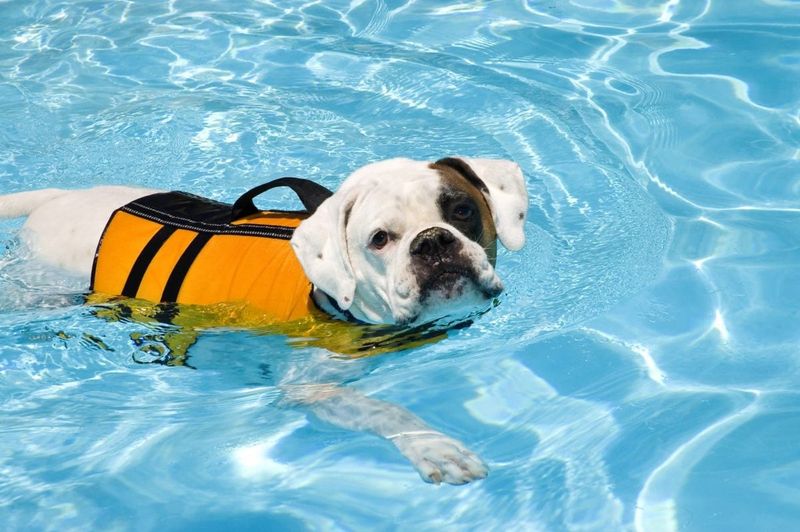
Timing makes a difference. Choose cooler parts of the day, like early morning or late afternoon, for swimming.
Avoid the midday heat to prevent overheating. Less crowded times also mean fewer distractions, creating a peaceful learning environment.
15. Encourage Exploration
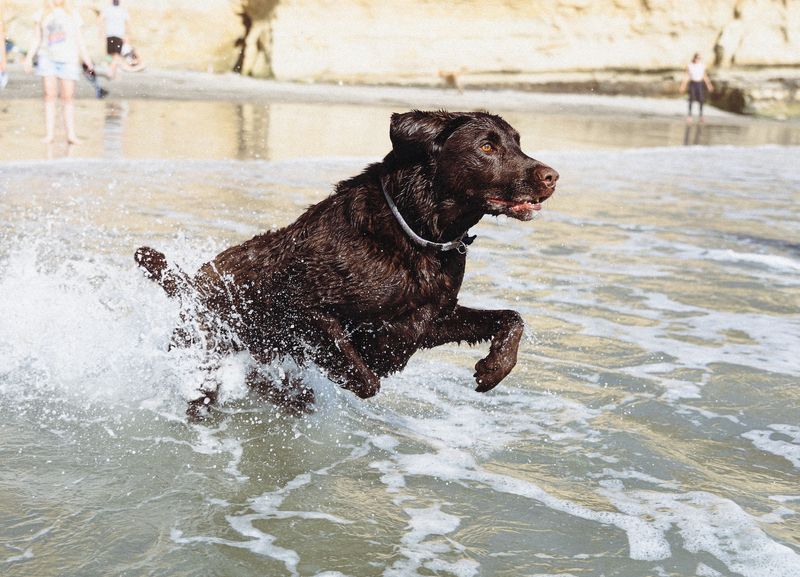
Let your dog explore the water at their own pace. Curiosity leads to confidence.
Allow them to sniff and paw at the water. With time, they’ll be eager to jump in and paddle around, turning curiosity into active swimming.
16. Keep It Fun!
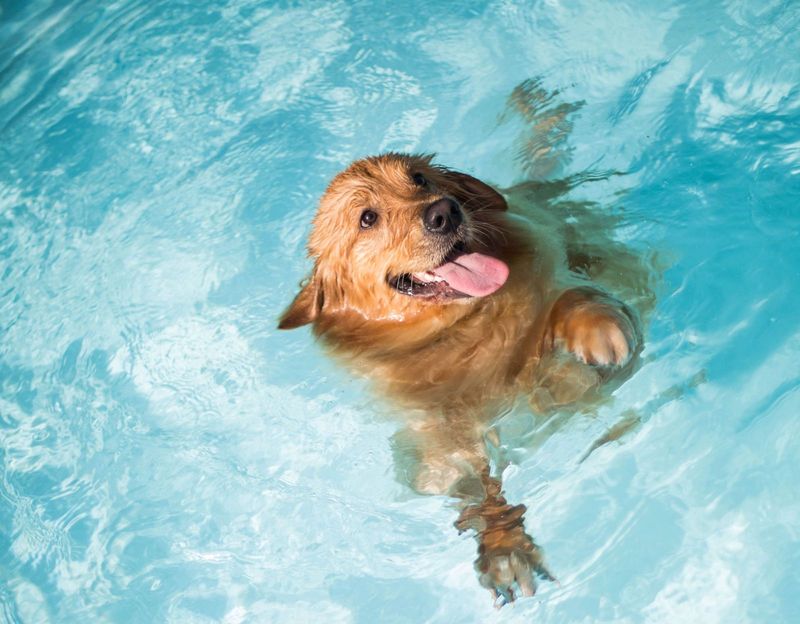
The ultimate goal is fun! Keep swimming sessions light-hearted and enjoyable.
Incorporate games, toys, and lots of laughter. Your dog feeds off your energy, so keep it upbeat. Turn every swim into a delightful adventure filled with joy!




